| << Chapter < Page | Chapter >> Page > |
15.2
(a) concave
(b) concave
(c) convex
16.1
(a) rhombus
(b) trapezium
(c) octagon
(d) quadrilateral polygon
(e) hexagon
(f) heptagon
(g) pentagon
(h) parallelogram
16.2

16.3 108°
17.1 SIMILARITIES
* 4 equally long sides
sides ⁄ ⁄
* diagonals half each other
* 4 corners
DIFFERENCES
* angles of
rhombus not 90°
17.2 SIMILARITIES
* have 2 pairs of equally long sides
* 2 opposite sides are equally long
* have 4 corners
* diagonals halve (bisect) each other
DIFFERENCES
* angles of parallelogram not 90°
18.
(a) kite
(b) trapezium
20.2 ceilings; gates; trusses; bridges; scaffolding
15. POLYGONS
15.1 Did you know?
Geometric forms in a plane that are made up of straight lines are called polygons. These are made up of sides, angles or corners and vertices.

15.2 Did you also know?
A polygon is convex if all the lines that join any two vertices are inside the polygon.
All the inner angles are either acute or obtuse angles.
The polygon will be concave if any lines that join two vertices fall outside the polygon.
Then one or more of the inside angles will be a reflex angle.


15.2.1 Are the following polygons convex or concave?

_________________________________
b)

_________________________________
c)

_________________________________
15.3 Also Remember!
The sides of a regular polygon are equally long and all the angles are equally big.
The more sides a regular polygon has, the bigger the inside angles become.
The sides of an irregular polygon are all of different lengths.


15.4 TAKE NOTE!
We can calculate the size of the angles of a regular polygon with the help of this formula:

e.g. Hexagon:

16.1 Work with a friend. Can you say what each of the following polygons are called? Write the name in each figure.
a)
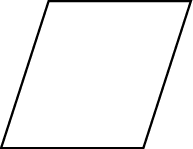
b)

c)

d)
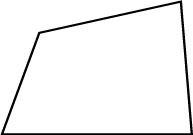
e)
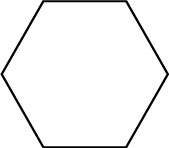
f)
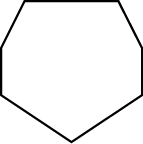
g)
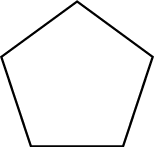
h)

16.2 Calculate the size of each angle of the octagon.
_____________________________________________________________________
_____________________________________________________________________
_____________________________________________________________________
_____________________________________________________________________
_____________________________________________________________________
16.3 What is the size of each angle of a pentagon?
_____________________________________________________________________
_____________________________________________________________________
_____________________________________________________________________
_____________________________________________________________________
_____________________________________________________________________
17.1 Work in groups of three. Cut strips of thick cardboard or use ice cream sticks. Make holes at the ends and join the sticks with split pins. Build a square.
Press on one corner and change it into a rhombus.
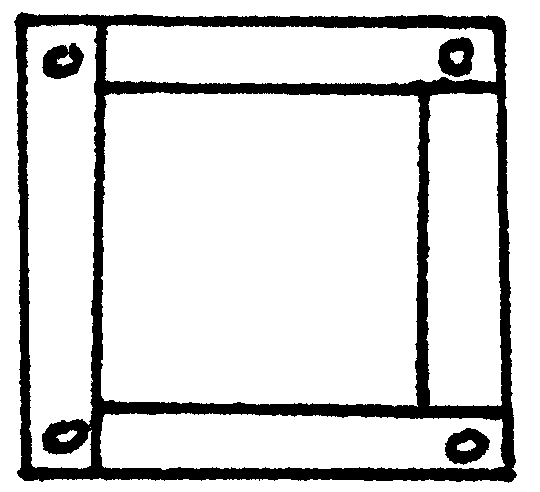

SIMILARITIES
between rhombus and square
_____________________________________________________________________

Notification Switch
Would you like to follow the 'Mathematics grade 7' conversation and receive update notifications?